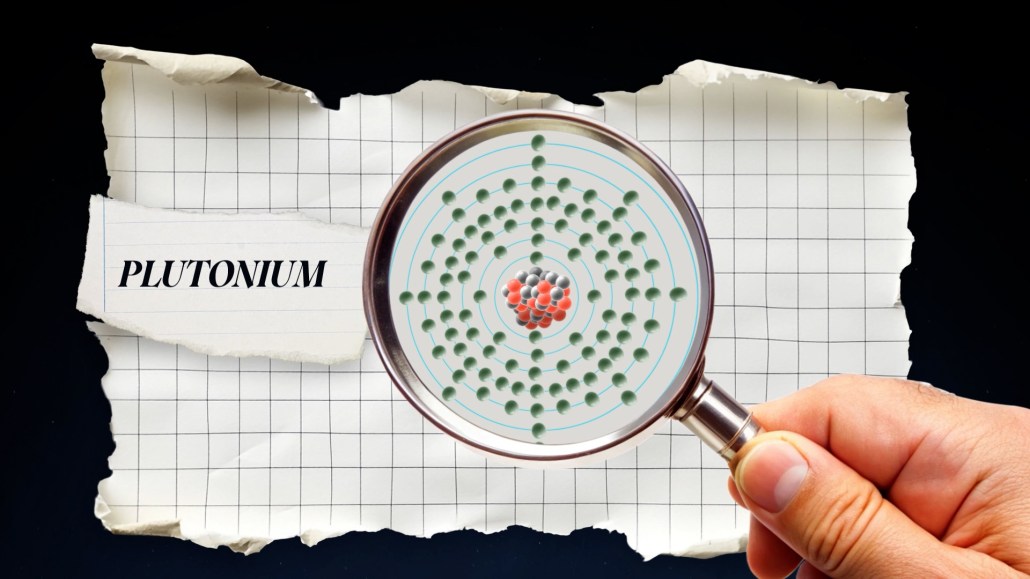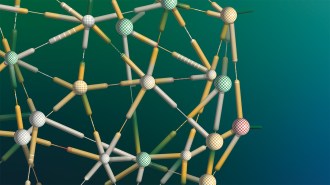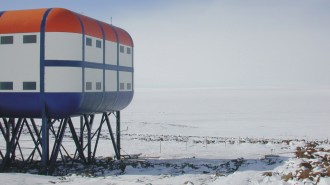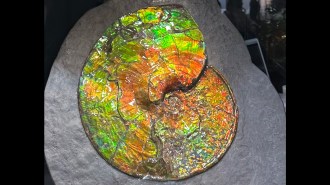
Physics
Here’s the science behind nuclear weapons testing
Nuclear weapons haven’t been tested in the United States since 1992. Find out why, and what could happen if the hiatus ends.
Every print subscription comes with full digital access

Nuclear weapons haven’t been tested in the United States since 1992. Find out why, and what could happen if the hiatus ends.
We summarize the week's scientific breakthroughs every Thursday.

Machine learning techniques that make use of tensor networks could manipulate data more efficiently and help open the black box of AI models.

It’s possible to defy gravity using sound waves, magnets or electricity, but today’s methods can’t hoist heavy items high in the sky.

“Magic-angle” graphene may provide new clues into poorly understood unconventional superconductors, which operate at higher-than-normal temperatures.

Simple chemistry could give the reindeer his famously bright snout. But physics would make it look different colors from the ground.

President Trump has argued the U.S. should test nuclear weapons because other countries are doing it. But scientific data suggest they’re not.

Ammolite gems’ fabulous colors arise from delicate assemblies of crystal plates.

Streams of liquid form drops thanks to unidentified disturbances. It could be the jiggling of individual molecules.
Math and physics explain the anguish of a golf ball that zings around the rim of the hole instead of falling in.

Theoretical physicist Alex Lupsasca is pushing for a space telescope to glimpse the thin ring of light that is thought to surround every black hole.
Subscribers, enter your e-mail address for full access to the Science News archives and digital editions.
Not a subscriber?
Become one now.